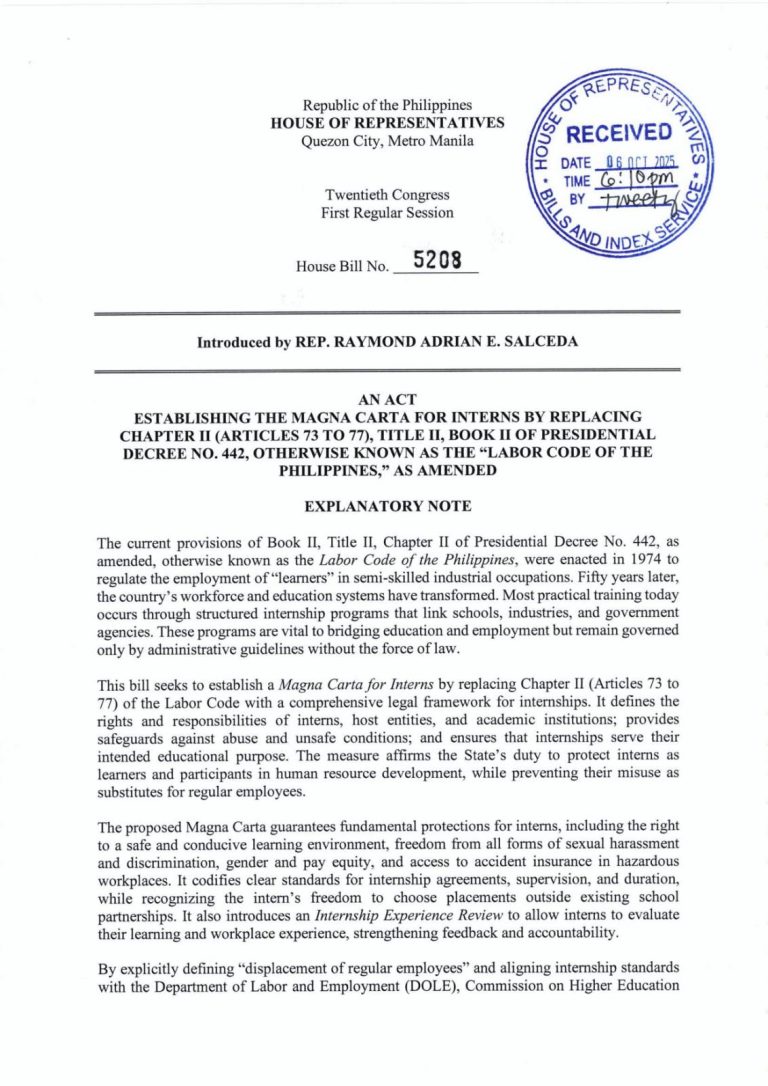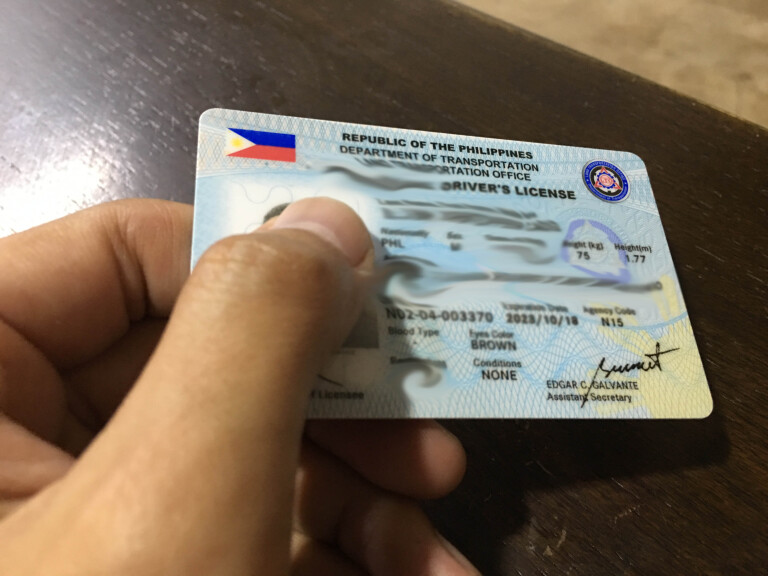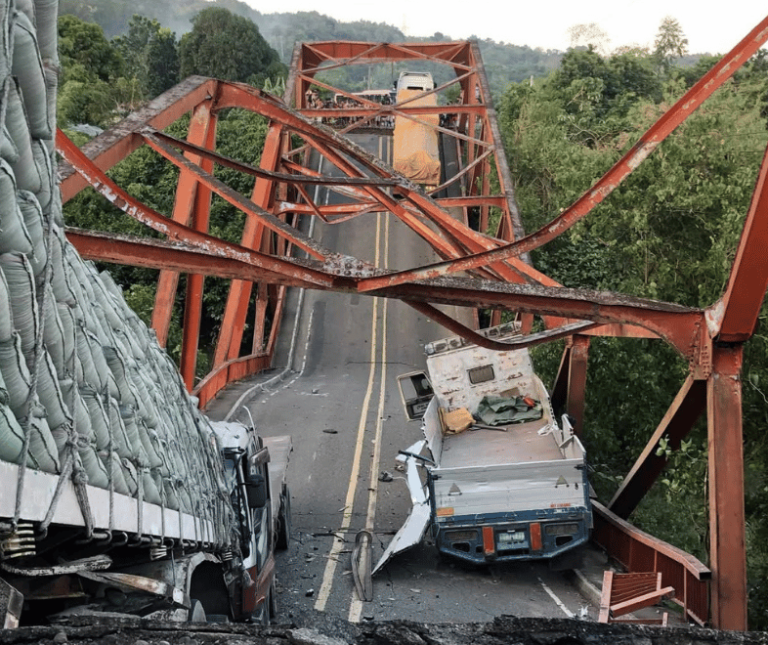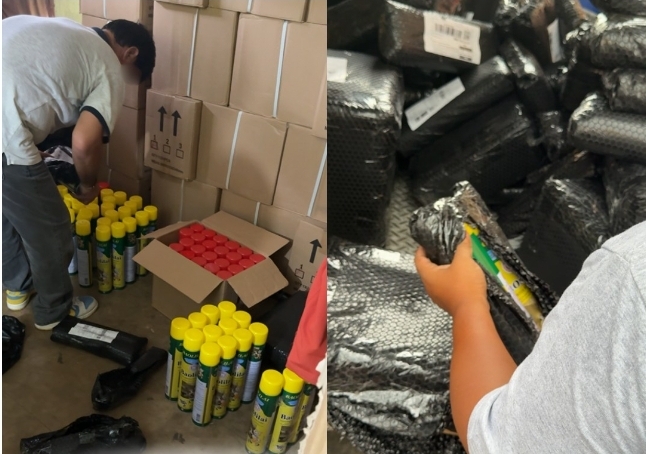
IN commemoration of Consumer Welfare Month, Chemicals and Waste Watchdog BAN Toxics has released its findings on the presence of health-damaging chemicals in toys, reminding the public to keep their eyes out for children’s products laden with toxic substances.
In the first installment of a three-part market surveillance coinciding with the “ber” months, the group monitored and purchased items such as food-like playsets, toy cars and racing sets, dolls, battery-operated bubble makers, miniature animal figures, toy cookware, play cellphone sets, sports playsets, plastic fruits and vegetables, and superhero figurines. The products, sold by ambulant vendors and toy stores in Baclaran, Pasay City, came with prices ranging from 50 to 150 pesos.
Using a Vanta C Series XRF Chemical Analyzer, the group screened 200 toy samples, 125 (63%) of which were found to contain lead at levels ranging from 100 parts per million (ppm) to as high as 6,000 ppm. Other chemicals such as arsenic (17%), antimony (51%), bromine (35%), cadmium (23%), chromium (37%) and mercury (19%) were also detected. All of the samples contained one or more toxic metals above regulatory limits, which increases the probable harm due to multiple exposures to such substances.
None of the toys were properly labeled, with only limited information on the packaging to alert consumers, falling short of the requirements under RA 10620 or the Toy and Game Safety Labelling Law. The law requires labeling information that includes: license to operate (LTO) number as issued by the FDA; age grading; cautionary statements or warnings; instructional literature; manufacturer’s markings; and the item, model, or stock keeping unit (SKU) number.
Among the toys tested, the following were found to contain dangerously high levels of lead, exceeding 1,000 ppm:
1. Hello Kitty Cellphone Toy (with battery included) – 6,000 ppm of lead
2. Laser Pointer (button cell batteries included) – 4,500 ppm of lead
3. Car Racing Toy – 4,300 ppm of lead
4. Disney Princess Cellphone Toy – 3,900 ppm of lead
5. Wonderful Xylophone (Musical Instrument) – 2,400 ppm of lead
6. Pop-up Ball Toy – 2,240 ppm of lead
7. Colorful Plastic Fruits Toy – 1,430 ppm of lead
“We are saddened that toxic lead and other hazardous chemicals are still found in toys despite the existing regulatory health and safety standards in the country,” said Thony Dizon, Advocacy and Campaign Officer of BAN Toxics. “Continued use of restricted substances in kiddie products threatens the safety and welfare of children.”
The WHO factsheet on lead poisoning says, “Lead can affect children’s brain development, resulting in reduced intelligence quotient (IQ), behavioral changes such as reduced attention span and increased antisocial behaviour, and reduced educational attainment.”
Citing a study published by BAN Toxics and the Environmental and Social Development Organization (ESDO) in Bangladesh, the group noted that other chemicals found in toys are linked to serious health and environmental risks. Arsenic is associated with cancer (lung, bladder, skin), diabetes, hypertension, and neurodevelopmental damage. Cadmium can cause lung cancer, obstructive pulmonary disease, neurodevelopmental issues, and reduced bone mineral density. Mercury can lead to neurocognitive and behavioral disturbances, renal damage, peripheral neurotoxicity, and cardiovascular problems.
Under DAO 2013-24, or the DENR Chemical Control Order for Lead and Lead Compounds, the use of lead in the production and sale of toys is strictly prohibited.
BAN Toxics urges regulatory agencies, such as the Food and Drug Administration (FDA) and the Department of Trade and Industry (DTI), to conduct post-market surveillance and confiscate unregistered, unlabeled, and unnotified toys and childcare articles (TCCA) from the market. Misbranded toys and games, as well as those containing banned hazardous substances, should be withdrawn immediately.
“Now that the holiday shopping season is near, we call on toy manufacturers, importers, and retailers to ensure that all products marketed for children are safe from toxic chemical hazards,” the group stressed.
To help parents and consumers make informed choices, BAN Toxics reminds the public to observe the following:
1. Always read product information and check for the required labeling.
2. Select toys that are suitable for your child’s age and abilities.
3. Refrain from purchasing painted toys that may contain lead and other harmful chemicals.
4. Choose toys labeled as Phthalate-free, PVC-free, and BPA-free, avoiding plastic toys with recycling codes #3, #6, and #7.
5. Verify the toy and childcare articles (TCCAs) using the FDA verification portal at https://verification.fda.gov.ph for public health advisory.
BAN Toxics continues to actively advocate for safe toys for children as part of its broader campaign for a toxics-free and waste-free future. The group is also implementing its Toxics-Free and Waste-Free Schools Program to promote safer environments for both students and communities.






